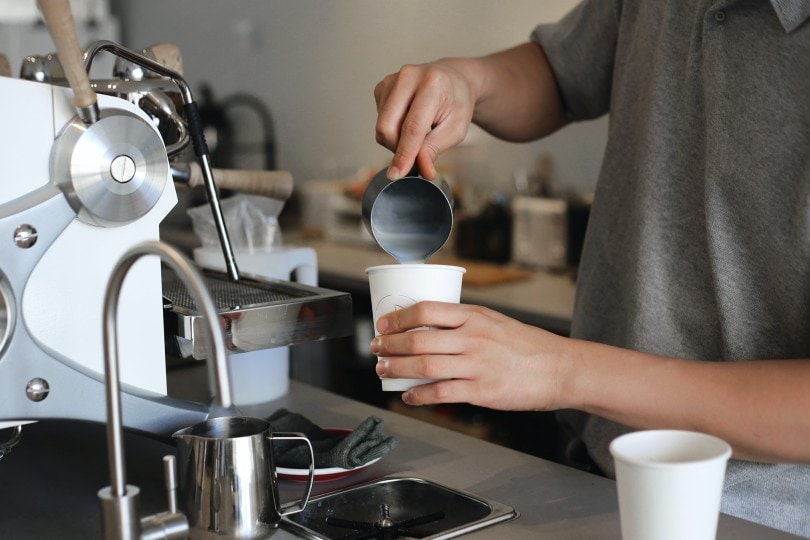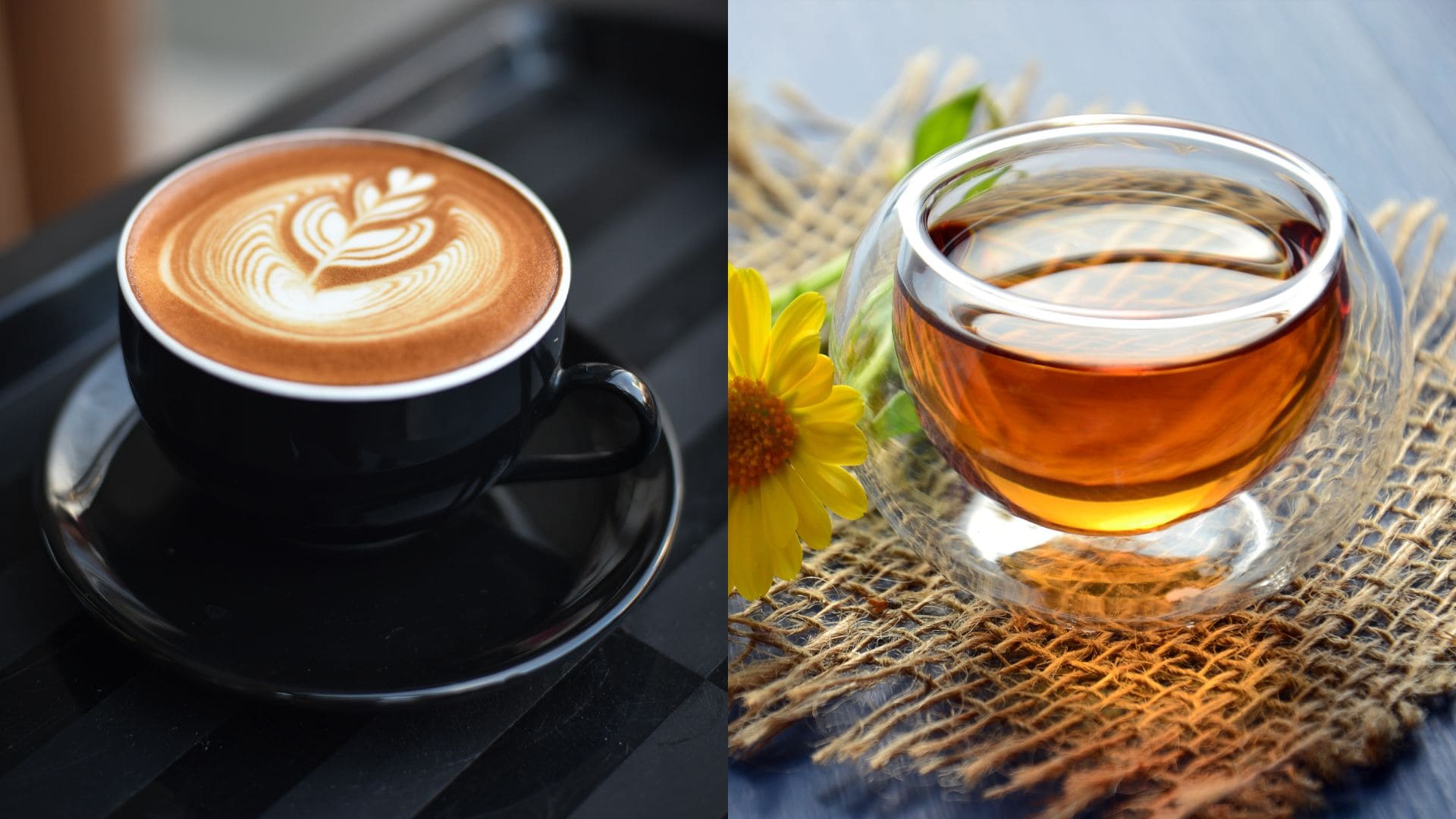
Many people drink their morning coffee while checking the internet or reading the newspaper to catch up on daily events. It can be a relaxing and enjoyable experience. However, some people are sensitive to caffeine, and a cup of morning coffee could ultimately make them anxious or nervous. Other people need to take medication that can interact with the caffeine and cause problems. One option is to switch to a decaf coffee or tea, so you can still have your morning beverage without the risk. Keep reading as we look into the caffeine content of these options so you can make a safe and healthy choice.
In short, black tea has more caffeine than decaf coffee.

A Quick Look at Caffeine Content: Decaf Coffee vs. Tea
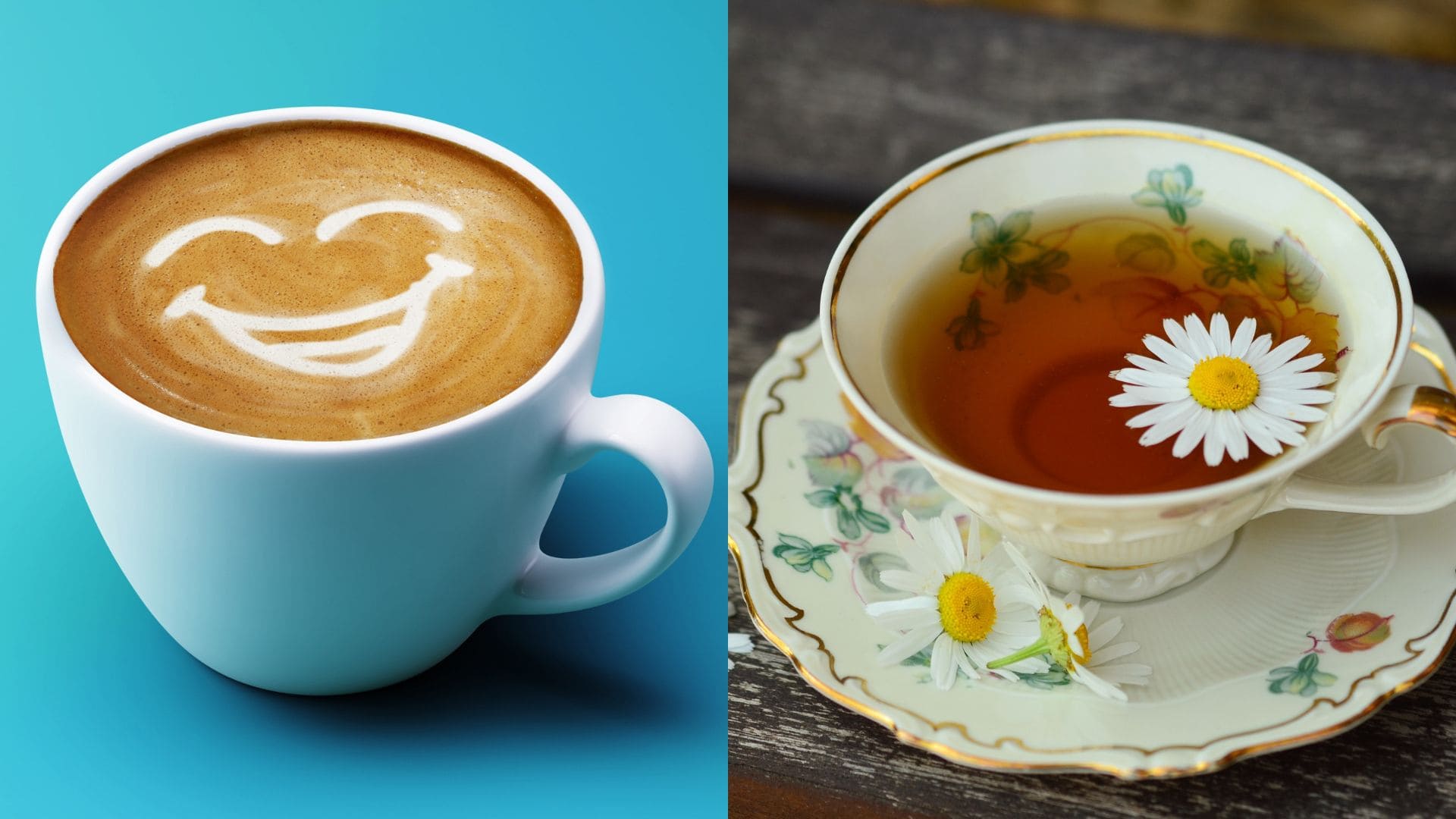
| Decaf Coffee | Tea |
| 2–10 mg per 8 oz. | 47–90 mg per 8 oz. |
How Much Caffeine in Decaf Coffee?
Many people think that decaf coffee does not contain caffeine at all, and while most of it does get removed, a small amount remains. USDA regulations state that brands of decaf coffee should contain no more than .1% caffeine on a dry basis, and this usually results in a coffee with 97% less caffeine than the regular version. Since a standard morning coffee typically contains 90–140 milligrams (mg) of caffeine, the decaf version will have 2.7–4.2 mg.
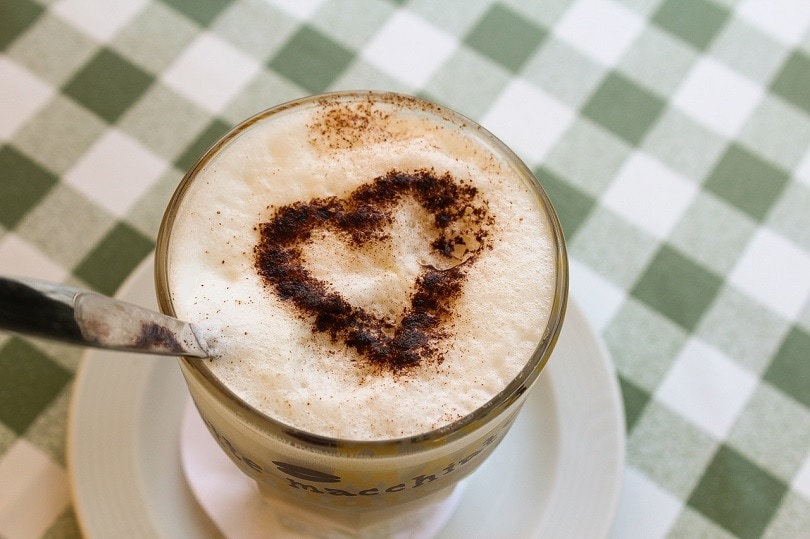
What Affects the Caffeine Content in Decaf Coffee?
The caffeine content in instant decaf coffee will typically be predictable if you follow the instructions on the package. But fresh-brewed decaf coffee can vary. Darker roasts will typically have more caffeine when measured by weight. Using less water will also create a stronger coffee, as will some other brewing methods that can increase the caffeine content. However, the actual amount will remain quite low compared to other options, including tea.

How Much Caffeine in Tea?
Many people believe that tea contains more caffeine than coffee. However, the truth is that while tea leaves contain more caffeine, it is easier to extract caffeine from coffee beans, so on average, tea only contains about half the amount of caffeine that coffee has. A standard 8-ounce coffee contains 90–140 mg of caffeine, while a normal 8-ounce black tea will have only about 47 mg.
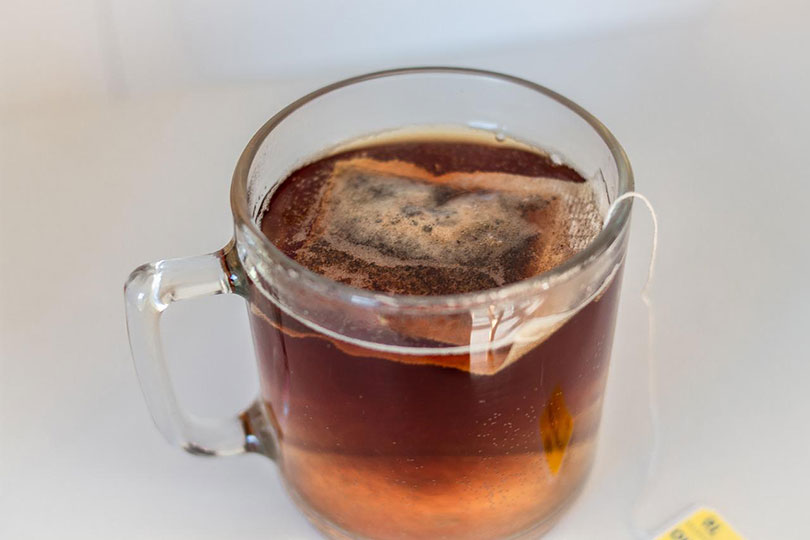
What Affects the Caffeine Content in Tea?
If you purchase a ready-made tea brand, the caffeine content is likely to remain consistent. However, most people brew tea by allowing it to steep in hot water. Longer steeping times can dramatically affect the caffeine content of the beverage, and the longer you leave it in the water, the more caffeine will be brought out of the leaves, so some cups can contain 90 mg or more of caffeine. While coffee has different roasts, there are also several varieties of tea besides black, including green, oolong, and white. Oolong tea typically has about 30 mg of caffeine in an 8-ounce serving, while green tea has about 25 mg. White tea has the least and contains only 15 mg per 8-ounce serving. Of course, longer steep times will also increase the caffeine content of the lighter teas.
| Tea Type | Caffeine Content |
| Black | 47 mg |
| Oolong | 30 mg |
| Green | 25 mg |
| White | 15 mg |
Where Does the Caffeine Come From in Decaf Coffee and Tea?
Tea
The caffeine in tea comes from the leaves that contain it. All kinds of tea come from the same plant, and the refining process determines whether it is oolong, white, green, or black tea. Darker teas contain more caffeine than lighter ones, and longer steep times and hotter water will allow more caffeine to enter the water.

Decaf Coffee
Decaffeinating the coffee begins before the roasting when the beans are still green. One method uses chemicals to extract caffeine (these chemicals evaporate, so there are no chemicals in your coffee when you brew it). Another way uses only water to extract the caffeine is through osmosis which is extremely effective. A newer method uses carbon dioxide in the coffee to remove the caffeine while leaving the other flavors intact.

Caffeine in Decaf Coffee vs. Tea: The Bottom Line
Decaf coffee is the winner if you want to reduce the amount of caffeine in your diet. It has about 97% less caffeine than standard coffee, meaning most 8-ounce cups will have fewer than 5 mg. Black tea has about half the caffeine of a normal cup of coffee, but that’s still significantly more than decaf. You can expect the average cup of tea to have about 47 mg of caffeine, but it will have even more if you leave the tea bag in the cup for a while. Green tea is a popular variety that reduces caffeine to only 25 mg.
Read More: Caffeine in Tea vs. Soda: Which Has More? By How Much?
Featured Image Credit: (L) StockSnap, Pixabay | (R) mareefe, Pixabay




